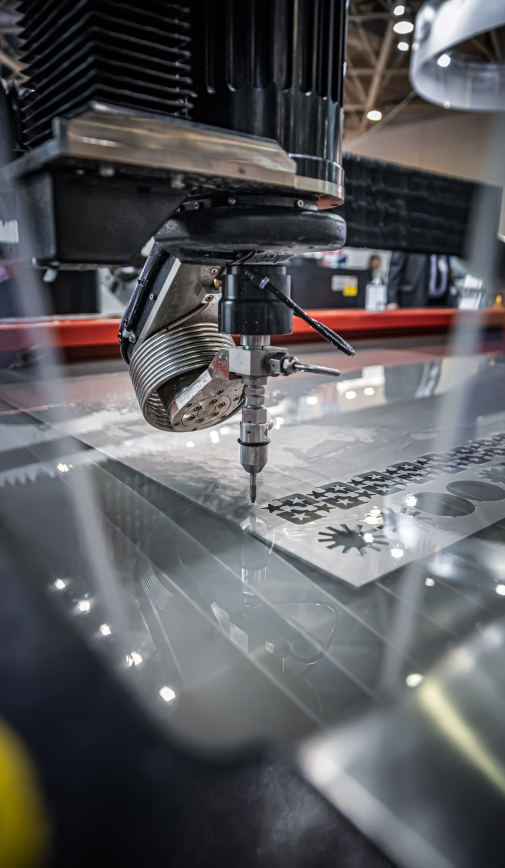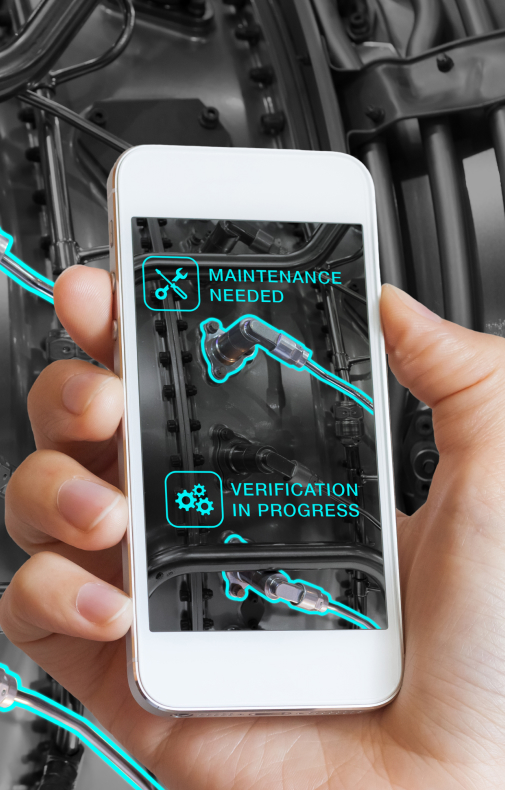How Our Third-Level Sales Outsourcing Built a European Distribution Network with Pipedrive

Damian Góral, EMBA
Business Development Manager
Who is our client?
Our partner is a manufacturer of innovative wellness devices with a factory in Poland. These devices are designed for rapid biological regeneration, suitable for locations such as gyms, beauty salons, massage parlors, hotels, as well as clinics, hospitals, and spa and wellness centers.
Professional knowledge and experience in Channel Management.
Experience in product commercialization and Go to Market strategies.
Verify designed strategies in the market with Lead Generation.
Prepare structure, materials, price list, analytics for sales strategy.
Build relationships with Business Partners from different parts of the world.

Client's Problem
Lack of a Direct Sales Network.
Our business partner did not have a sales department, only operational, technical, and service departments that handled existing customers.
The Sales Agency team was tasked with analyzing the market, creating a sales strategy, and implementing it with external sales forces.
We had the freedom to choose the type of product commercialization. We opted for a non-equity go-to-market strategy using local distribution networks as an alternative to opening direct branches. The project began with building a network of distributors in various countries. Based on this network, we planned to start indirect sales through local distributors and support their activities.
Actions Taken
We started this task with regular visits by our Business Development Manager to the partner’s factory, where we discussed product details, target customers, and sales strategies. Our job was to create everything from scratch, as the client lacked procedures, structure, pricing, and a go-to-market strategy.
In the first quarter of our collaboration, we conducted an extensive competitive analysis. We gathered
information on pricing, the operations of competing companies, their sales processes, and key partners. We attended international trade fairs to see and talk to industry companies. In the next step, we prepared a pricing list that included margins for distributors and their commitments, significantly different from those for existing markets.
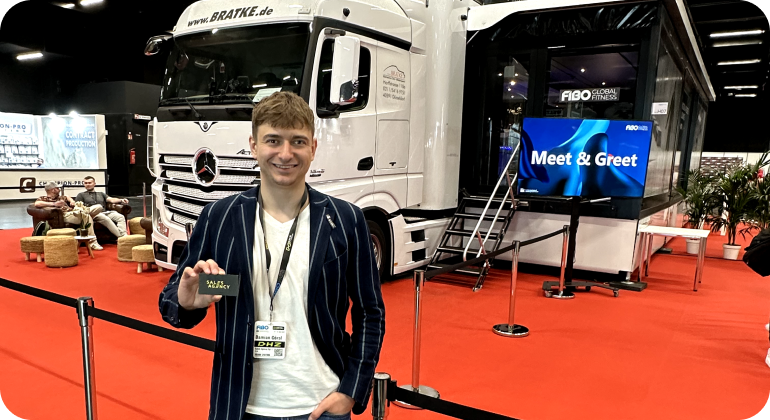
Based on the gathered information, we created a go-to-market strategy, prepared a distributor portal, sales materials (brochures, price lists, offer templates, distribution agreements, technical specifications), and a sales strategy for the next two quarters. We were invited to present and pitch this at the headquarters of a foreign investor.
During this visit, not only did we receive approval for our proposed actions, but we also saw how sales were conducted in other markets. We talked to owners of points of sale that had purchased the product about the benefits, problems, and concerns before purchase, practical use, and other aspects of the device’s operation.
Interestingly, throughout the first quarter, we immediately tested the prepared strategies with clients in the spirit of Lean Startup methodology. We actively acquired leads through an external sales support department.
The search for potential distributors and end customers was conducted via various channels:
- from local google maps
- website searches using VPN
- LinkedIn Sales Navigator
- cold emailing
- to AI systems
Feedback from the market was crucial from the start, and our active efforts allowed us to obtain it quickly.
Next Steps
In the following quarter, we implemented Pipedrive, a CRM system where we prepared sales funnels for the developed strategies. The first funnel was for acquiring distributors, while the second handled direct sales, generating sales leads.
We conducted customer acquisition in the target countries on two fronts, targeting both end customers and equipment distributors. This way, in the second quarter, we gained several thousand contacts, which were added to our sales funnels.
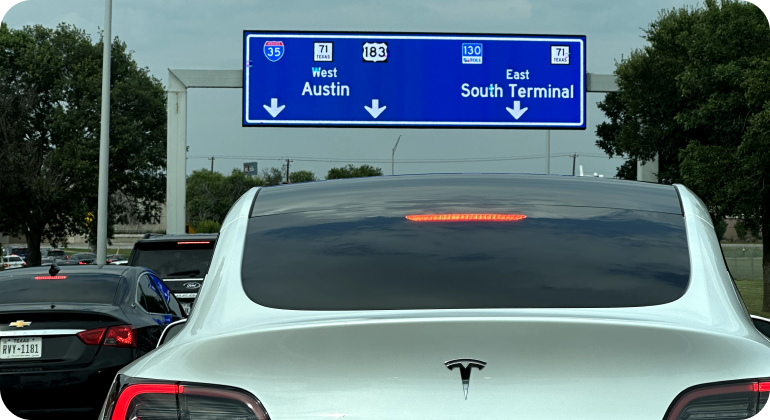
In the third quarter, we immediately saw the benefits of our actions, as the first meetings with distributors interested in collaboration from EU and non-EU countries began. During these visits, we also provided full hospitality, picking up guests from the airport and participating in business dinners.
The partner signed the first agreements with distributors, and we provided them with contacts to local customers already in the second funnel. This way, we activated the leverage we had seen in the distributor network from the beginning. They started working locally with their customers while also acquiring new ones. We continued to generate leads through our standard activities.
What did our client gain?
Device Sales
Device Sales: Initial orders exceeding > 1 million PLN
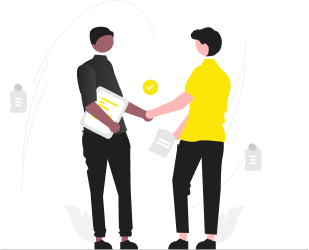

Acquisition of Over 5500 Target Group Contacts
The foundation of the Distribution Network
Portal for Distributors, incentive programs, first agreements with distributors from EU and beyond

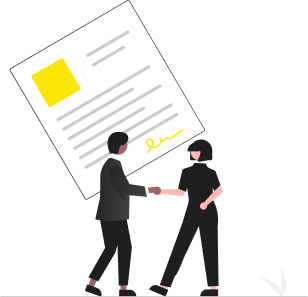
Eight Additional Sales Opportunities
In the stages of fund acquisition and organizing details
The partner gained a professional, effective sales strategy and a built distribution network with thousands of pre-verified leads. We implemented a CRM system with integrated sales funnels and provided market feedback, including details for offer construction.
We demonstrated that local sales conducted by local distributors are much more effective.
Conclusions
In light of overall market uncertainties caused by inflation, high capital costs, and conflicts, we understood that the situation required increased outbound activity, meaning acquiring more potential customers. This allowed us to maximize benefits even with declining conversion rates.
We also modified the sales offer based on feedback from an English client.
Summary
After three quarters, our collaboration yielded real results in the form of orders. The partner received a validated sales process, and we opened sales opportunities. There are also many customers in the funnel at earlier stages, often waiting for credit approval to purchase the product, business expansion, or completion of procedures related to transporting these devices. Working with them requires maintaining constant contact while awaiting the possibility of order finalization.
Our role during collaboration with partners often resembles that of a waiter, acting as an intermediary
between the kitchen and the customer at the table. The distributor was like a restaurant guest who received a menu in the form of our partner’s offer and wanted to place an order. Our role was to take and deliver the order to the kitchen in a way that satisfied the guest. The effectiveness of our actions is best demonstrated by the results in the form of a built sales funnel and signed agreements.



